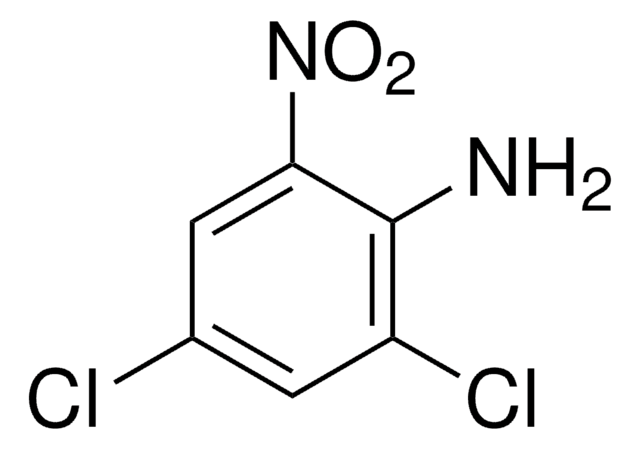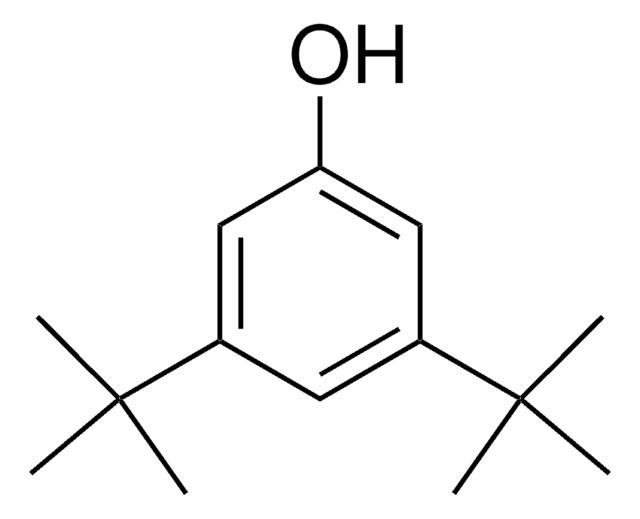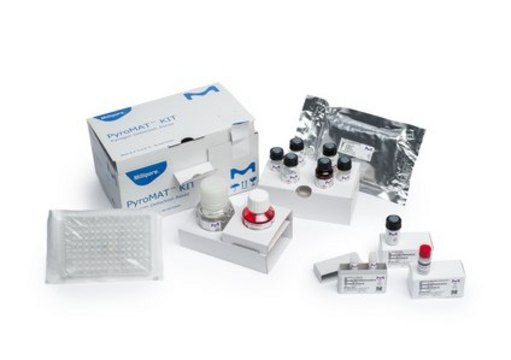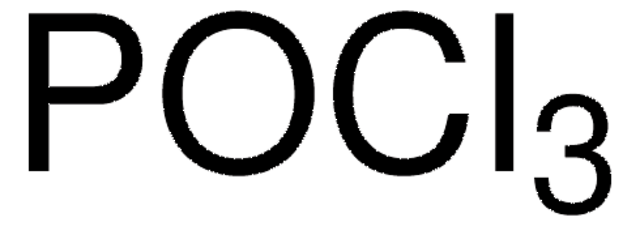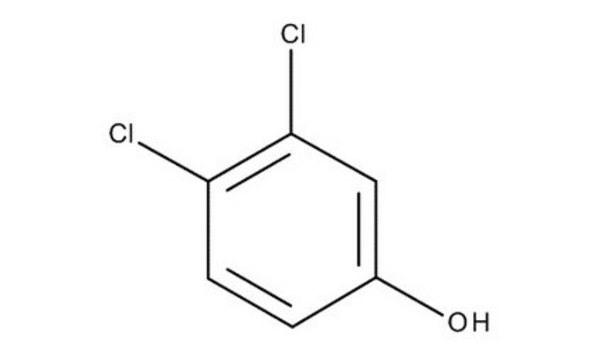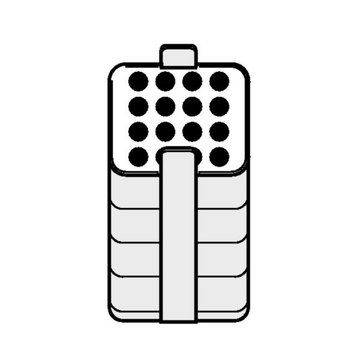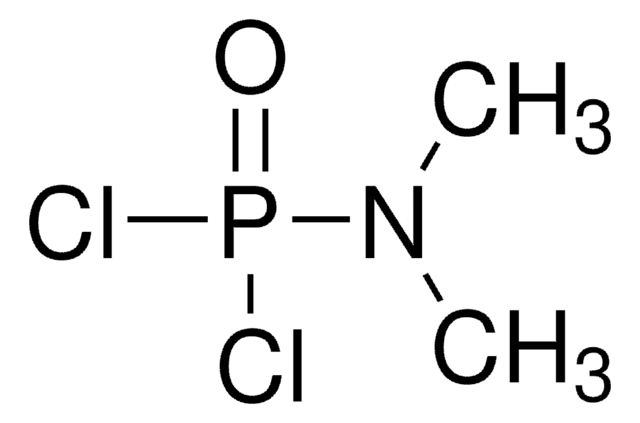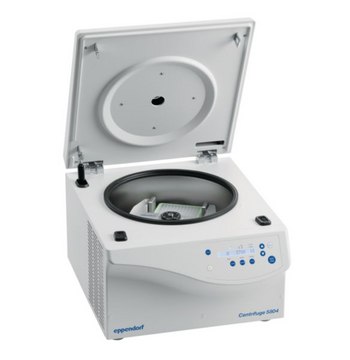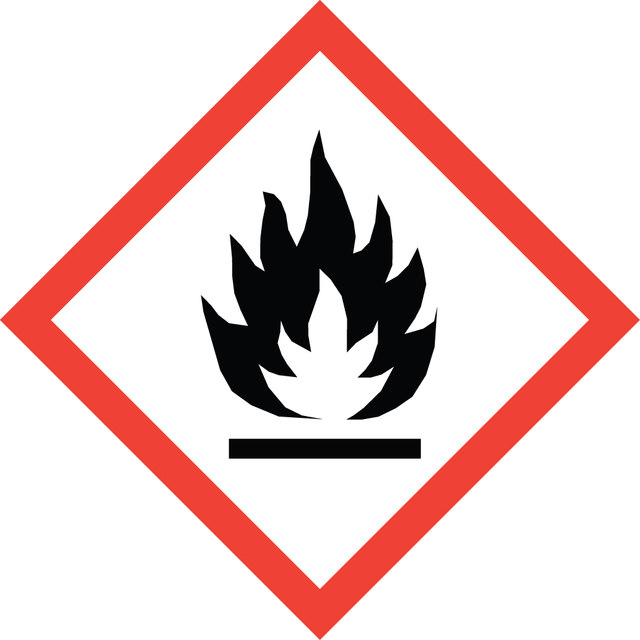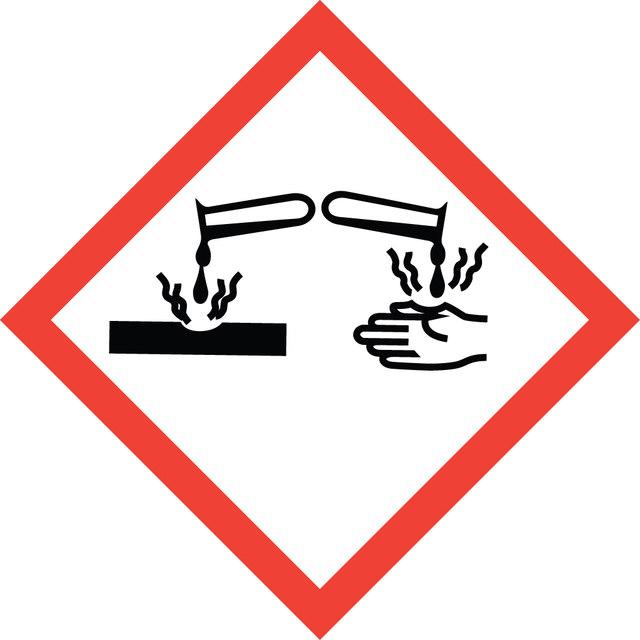All Photos(1)
About This Item
Linear Formula:
ClCH2CH(Cl)CH=CH2
CAS Number:
Molecular Weight:
125.00
EC Number:
MDL number:
UNSPSC Code:
12352100
PubChem Substance ID:
Recommended Products
vapor density
4.31 (vs air)
vapor pressure
17 mmHg ( 25 °C)
Assay
98%
refractive index
n20/D 1.4658 (lit.)
bp
123 °C (lit.)
mp
−61 °C (lit.)
density
1.15 g/mL at 25 °C (lit.)
SMILES string
ClCC(Cl)C=C
InChI
1S/C4H6Cl2/c1-2-4(6)3-5/h2,4H,1,3H2
InChI key
XVEASTGLHPVZNA-UHFFFAOYSA-N
Looking for similar products? Visit Product Comparison Guide
Signal Word
Danger
Hazard Statements
Precautionary Statements
Hazard Classifications
Acute Tox. 4 Inhalation - Acute Tox. 4 Oral - Flam. Liq. 3 - Skin Corr. 1B
Storage Class Code
3 - Flammable liquids
WGK
WGK 3
Flash Point(F)
82.4 °F - closed cup
Flash Point(C)
28 °C - closed cup
Personal Protective Equipment
dust mask type N95 (US), Eyeshields, Gloves
Regulatory Information
新产品
Choose from one of the most recent versions:
Already Own This Product?
Find documentation for the products that you have recently purchased in the Document Library.
P A Bakalian et al.
Voprosy pitaniia, (5)(5), 68-71 (1987-09-01)
It was shown experimentally that alimentary prevention of dichlorobutene intoxication could be realized in the presence of a protein-enriched ration, through additional injections of nutrients possessing antioxidant and lipotropic properties and playing a pathogenetically valid protective role in this intoxication.
Andrew F M Johnstone et al.
Toxicology in vitro : an international journal published in association with BIBRA, 69, 104989-104989 (2020-09-04)
The Hard-Soft Acid and Base hypothesis can be used to predict the potential bio-reactivity (electrophilicity) of a chemical with intracellular proteins, resulting in neurotoxicity. Twelve chemicals predicted to be neurotoxic were evaluated in vitro in rat dorsal root ganglia (DRG)
[Experimental establishment of the maximum permissible concentration of 1,4- and 3,4-dichlorobutenes in reservoir water].
M S Gizhlarian et al.
Gigiena i sanitariia, (7)(7), 77-78 (1986-07-01)
[Nephrotoxic action of dichlorobutenes].
F R Petrosian et al.
Gigiena truda i professional'nye zabolevaniia, (3)(3), 44-45 (1985-03-01)
N A Hamill et al.
Environmental science & technology, 35(13), 2823-2827 (2001-07-17)
Gas-phase photocatalysis of 1,4-dichlorobut-2-enes and 3,4-dichlorobut-1-ene (DCB) has been studied using TiO2 and 3% WO3/TiO2 supported on SiO2. DCB was found to oxidize efficiently over these catalysts; however, only low rates of CO2 formation were observed. With these chlorinated hydrocarbons
Our team of scientists has experience in all areas of research including Life Science, Material Science, Chemical Synthesis, Chromatography, Analytical and many others.
Contact Technical Service